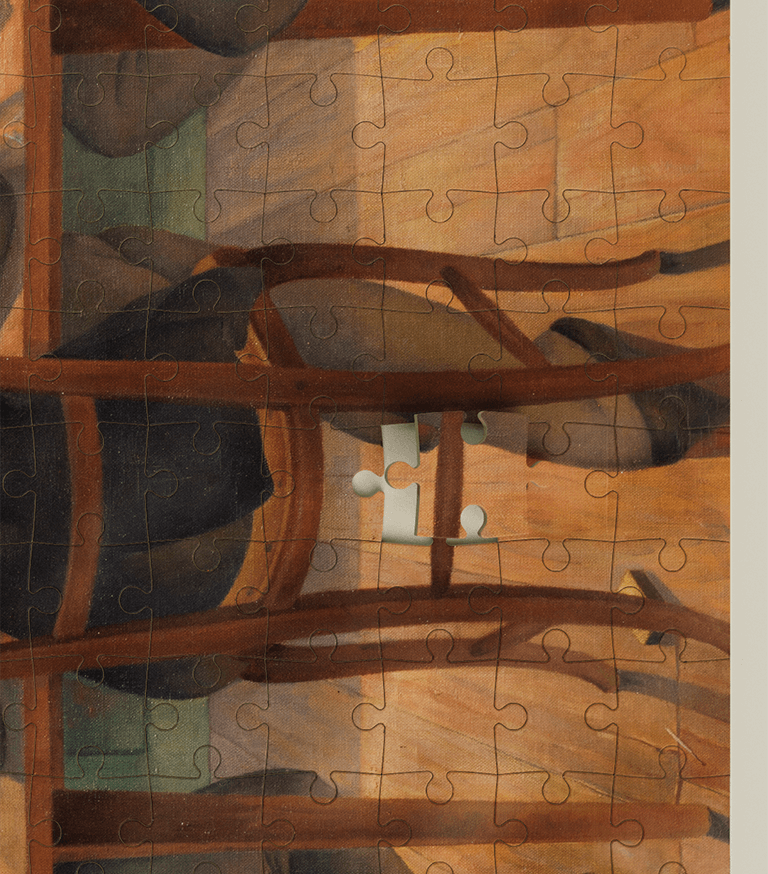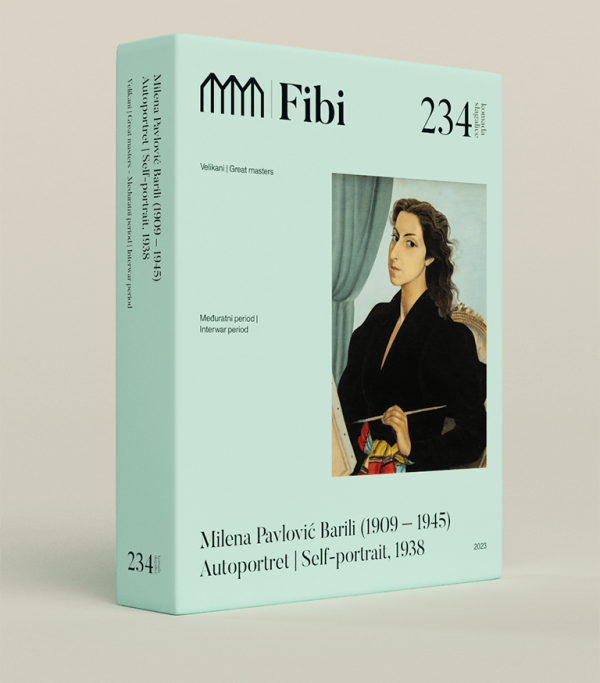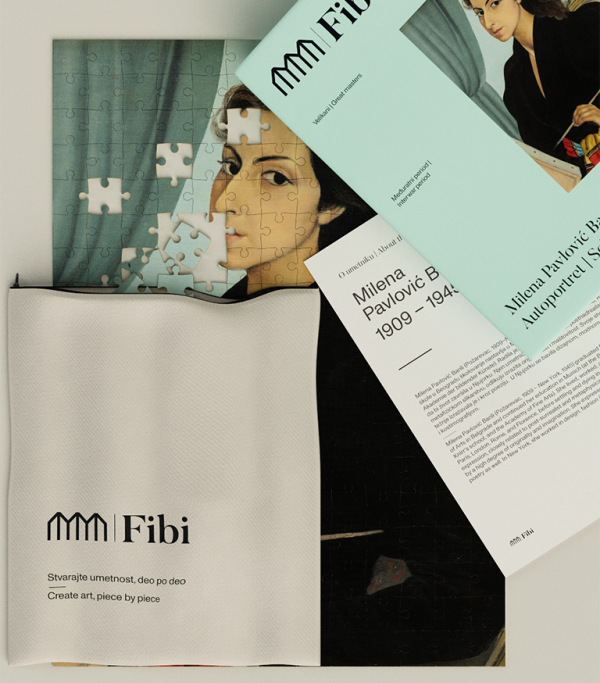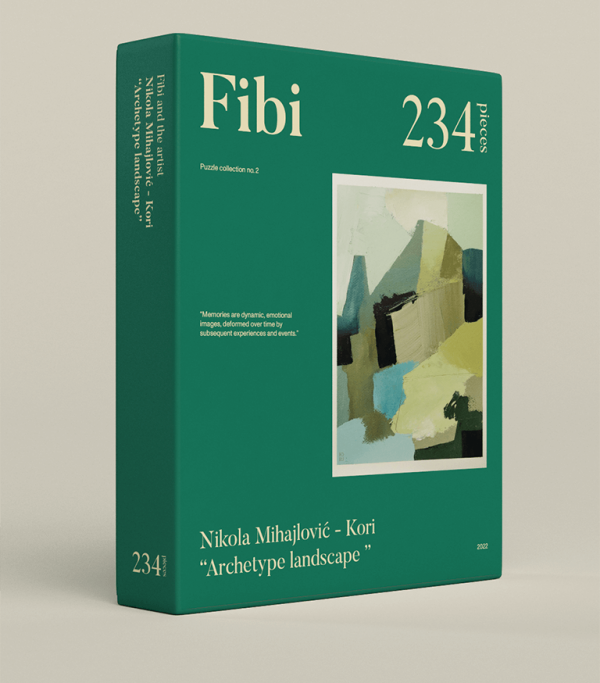Description
About the artist Vasa Pomorišac
Vasa Pomorišac (Vasa Pomorišac; Modoš, 1893 – Belgrade, 1961) received his training at the
studio of Stevan Aleksić and the Academy of Fine Arts in Munich (Akademie der bildenden
Künste München). Following the conclusion of World War I he enrolled at the Academy of Fine
Arts in Zagreb (Akademija za umjetnost i obrt) and the School of Fine Arts in Belgrade
(Umetničko-zanatska škola), but soon moved to London, to study at St. Martin’s School of Art and the Central School of Arts and Crafts. Striving to create a ‘national’ style, by exploring various
styles, techniques, and subjects, under the influence of classical, sacred, and traditional art and
applying modernist principles of construction in painting, Pomorišac accomplished an authentic
and unique type of artistic expression. He was one of the founding members of the artists’ group
Zograf (Zograf). He also taught as a professor at the Academy of Applied Arts (Akademija
primenjenih umetnosti) in Belgrade.
About the The card players, 1924
The Card Players (Kartaši, 1924) presents a figural composition that Pomorišac painted shortly
before his return to Belgrade from London, where he had been studying at St. Martin’s School of
Art. The work is an example of formal expressionism, with an intriguingly set up composition
foregrounding the figures of three dockworkers sitting in a room and, behind them, a window view
of a costal landscape outside. Set up in this way, the painting creates a momentary illusion of a
‘painting within a painting’ – the natural environment seen in the window seems like a landscape
painting in its own right. This painting is one of the most significant Serbian works of art from the
first half of the 20th century, because it constitutes an original example of combining different
influences, which the artist brought together – the elongated forms of late Gothic art and Serbian
medieval art, a blend of European and national art.











